Writing in The Hill, Michael O’Hanlon argues that “the last thing we can afford at a time of tense nuclear negotiations with North Korea…is an unnecessary crisis between Seoul and Washington that could make an aggressor wonder if the alliance would really hold together at a time of war.”
The Trump administration has stepped up its campaign to persuade, or if necessary strong-arm, South Korea into increasing its payments in support of the roughly 30,000 American troops stationed on the peninsula. South Korea now pays the United States about $1 billion a year to help support the military based in its territory, an increase of about 10% from the past that Seoul agreed to after pressure from the Trump administration.
This traditional host nation support payment to the United States covers most local and incremental costs of American forces in South Korea for things like land, utilities, housing, construction, and some labor. It does not cover their salaries or equipment. South Korea has also paid for about 90% of the costs associated with relocating many American troops from areas in and near Seoul to Camp Humphries some 50 miles south.
Now President Trump wants a five-fold increase in the annual payments by South Korea. Is that fair or realistic? To answer this question, another key data point is essential. South Korea presently spends almost 2.5% of its gross domestic product on its armed forces. That is the highest such figure devoted to defense spending of any American ally on the planet, with the exception of Colombia and several security partners across the Middle East that are not, technically speaking, American treaty allies.
The United States itself spends just over 3%. The average among NATO countries is 1.5%, and the formal NATO goal is 2% for every member. Australia clocks in at 2%. Japan, much to the relief of many around the world, remains no higher than 1%. In order to blue-sky the policy question of how much burden sharing is sufficient, there could perhaps be several ways to attempt shaping up an answer.
First, out of fairness, everyone should pay what the United States, the backstop of the whole system, does or at least close to the same amount. By this approach, South Korea might indeed spend $5 billion more a year, but on its own forces instead of ours. Second, everyone should agree to a goal, through formal alliance threat assessment, then hold themselves to it. If South Korea adopted the NATO standard, it could actually cut at least $5 billion a year in defense spending and still meet the goal of 2%.
Third, a host nation should cover local and incremental costs associated with the presence of American forces on its territory. Fourth, host nation should also cover the salaries, training, maintenance, and equipment of those American forces. For nearly 30,000 American troops, or 2% of our military, that would exceed $10 billion a year. Finally, a host nation should also pay for some fraction of the tens of thousands of American troops, normally based in the United States, who would likely come to its aid in the event of war, meaning many tens of billions of dollars annually.
The last two ideas can be rejected quickly. Even those American forces stationed in South Korea are usable elsewhere. During the 2000s, the Bush administration sent a brigade of American troops from South Korea to the Middle East, and they never returned to South Korea. Those are American forces, after all, not mercenaries that are hired by South Korea, as Heritage Foundation scholar Bruce Klingner has noted. On the first two ideas, South Korea is doing quite well. But even if it did better, President Trump might not care, since he seems more focused on the transactional status of the alliance than on unified deterrence against North Korea.
That leaves us with the third idea as the best guide to policy. Perhaps there is some room to maneuver, with likely financial implications of a couple hundred million dollars a year. South Korea is already generous, however, it could probably find a few other very specific costs to cover, such as fuel for some American naval deployments that come close to the peninsula, and equipment such as chemical weapons protective gear that American forces probably need more in South Korea than anywhere else.
Negotiators should look for clever ways like these to end the impasse between the two countries. The last thing we can afford at a time of tense nuclear negotiations with North Korea, a volatile Northeast Asia region, and the worst relations between Japan and South Korea in decades, is an unnecessary crisis between Seoul and Washington that could make an aggressor wonder if the alliance would really hold together at a time of war. Deterrence failed in 1950. We should not want to run that risk again.
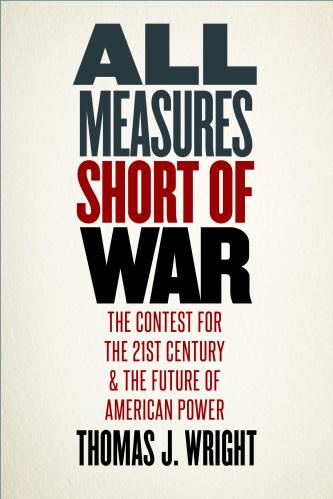
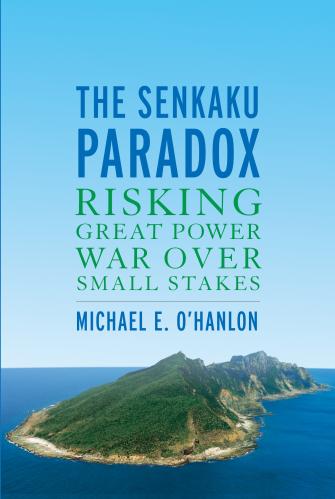
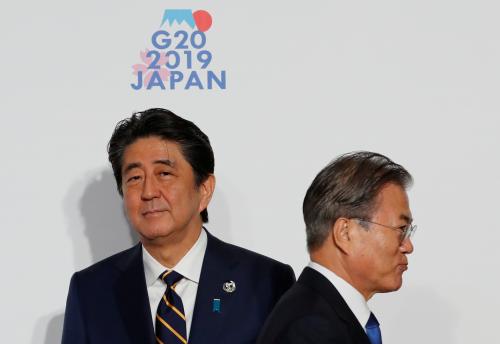
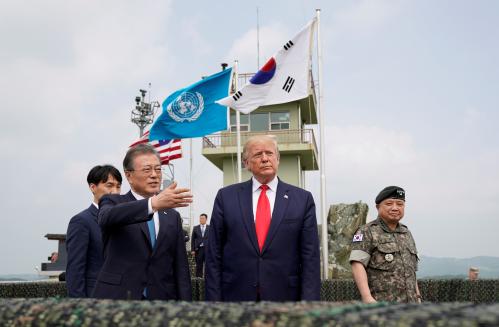

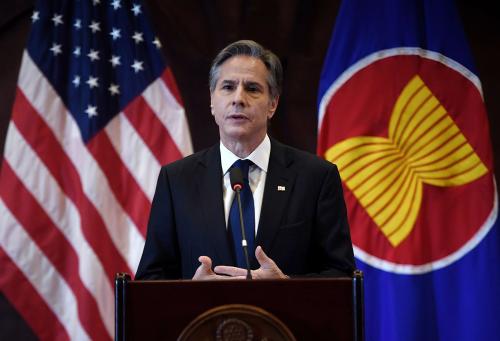
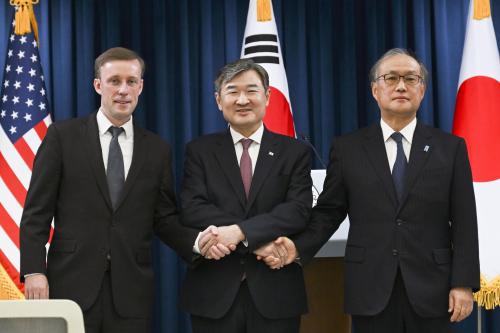

Commentary
What is going on with the United States alliance with South Korea?
November 27, 2019